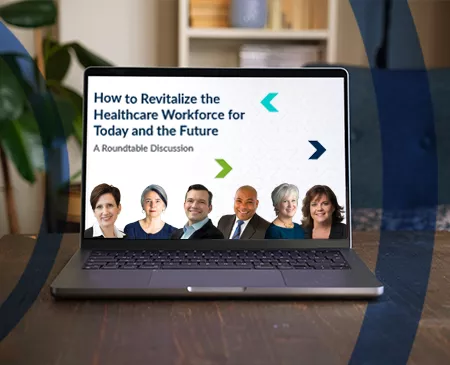The Buzz This Week
“Confusion” and “chaos” are words commonly used to describe the experience of reproductive healthcare providers as they try to navigate providing care in a post-Roe world. As of August 17, the Kaiser Family Foundation reported that 9 states have enacted full abortion bans, 9 states have a ban with pre-viability gestational limits in effect, and 8 states are poised to have bans in the future. In the remaining 24 states, abortion remains available.
In states with bans, vague wording around exceptions for procedures used in abortion is creating questions about when miscarriage interventions are legally sound. As states go back and forth on blocking and enacting laws, providers are often unsure which laws are in place—even as they are also sorting through how their state laws interplay with the federal Emergency Medical Treatment and Labor Act (EMTALA).
This confusion is impacting the provision of care for miscarriages and other pregnancy complications. Many providers are hesitant to provide what 2 months ago they viewed as the standard of care. Early data from Texas, where care models for miscarriage care shifted last September with enactment of Texas Senate Bill 8, suggests that women who were provided delayed termination treatment experienced significantly worse outcomes. Delays in care will impact the quality of care and outcomes for all pregnant people—especially for those without the means to travel to other states to receive care, further exacerbating existing healthcare disparities within states with bans.
Why It Matters
Healthcare providers are finding themselves in a situation in which they need to act without clarity and, in many cases, in response to a moving target. Unfortunately, a finite resolution is unlikely in the short-term. In the meantime, reproductive care providers need to be able to provide evidence-based care that best meets an individual patient’s needs without fear of prosecution.
Healthcare organizations have a role to play in ensuring their providers are supported as they continue to partner with their patients to provide high quality care. To support providers, organizations may need to establish the necessary internal infrastructures to review and interpret laws; establish operating policies and procedures; and build robust communication, engagement, and education capabilities to ensure providers are aware of the latest guidance and feel supported in their practice.
Some of the ways healthcare organizations are helping their providers feel supported include:
- Establishing a task force comprised of clinicians and individuals with legal expertise. The task forces are focused on interpreting laws, informing development of evidence-based practice guidelines related to reproductive care, and establishing robust documentation protocols.
- Broadening the task force to include community hospitals and safety net providers with fewer resources. This enables greater community benefit from the larger health systems’ efforts to support providers.
- Creating on-call resources to provide real-time guidance on care decisions.
- Shoring up communications plans (including the proper processes, tools, and channels) to ensure the most up-to-date information can be disseminated quickly.
- Engaging clinical staff and creating awareness around the resources available to them. This includes leading with transparency, authenticity, and empathy to create the space to share thoughts, feelings, and concerns. It also includes fostering a safe environment, both professionally and personally.
- Equipping trusted leaders with the information, skills, and resources needed to be a safe space for conversation and to be a source of truth for critical information.
Relatedly, healthcare organizations will need to think about how they support and communicate with their patients and the communities that they serve. Understanding patients’ concerns, considering their voices in the decision-making process, and collaborating with them on solutions will be key to elevating how providers engage patients amid this state of constant change.
Healthcare organizations will need to remain actively engaged both in monitoring and understanding the latest legal developments and in ensuring their response provides the support their clinicians and patients need to enable high quality care.
Related Links
Kaiser Health News
Patients and Doctors Trapped in a Gray Zone When Abortion Laws and Emergency Care Mandate Conflict
The New Yorker
The Dobbs Decision Has Unleashed Legal Chaos for Doctors and Patients
The New York Times
'Chaos and Confusion' in States Where Abortion is On Again, Off Again
American College of Obstetrics and Gynecology
Questions to Help Hospital Systems Prepare for the Widespread and Devastating Impacts of a Post-Roe Legal Landscape
American College of Obstetrics and Gynecology
Understanding and Navigating Medical Emergency Exceptions in Abortion Bans and Restrictions
Editorial advisor: Roger Ray, MD, Chief Physician Executive.







